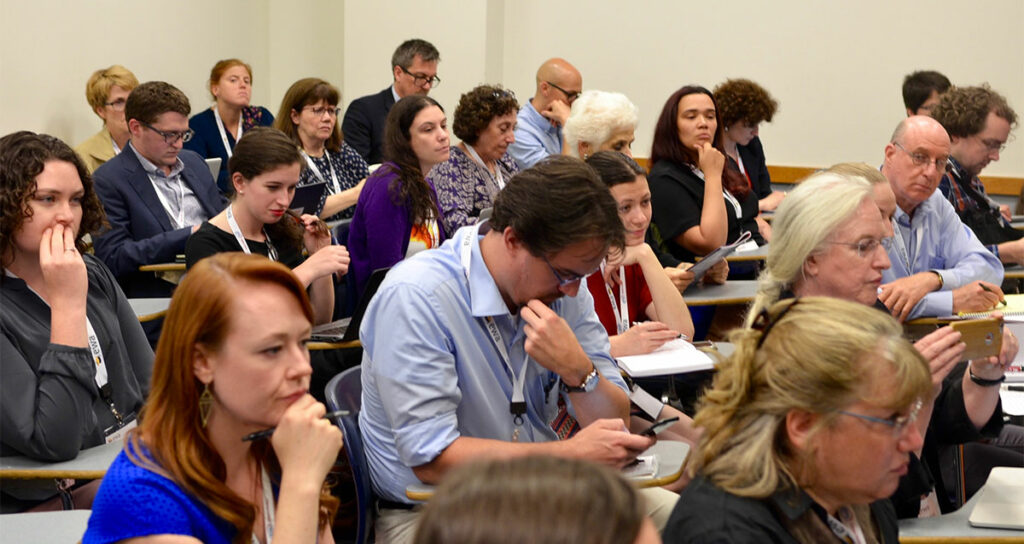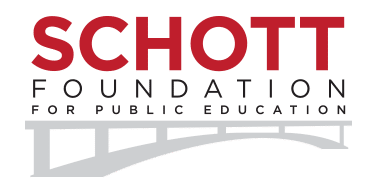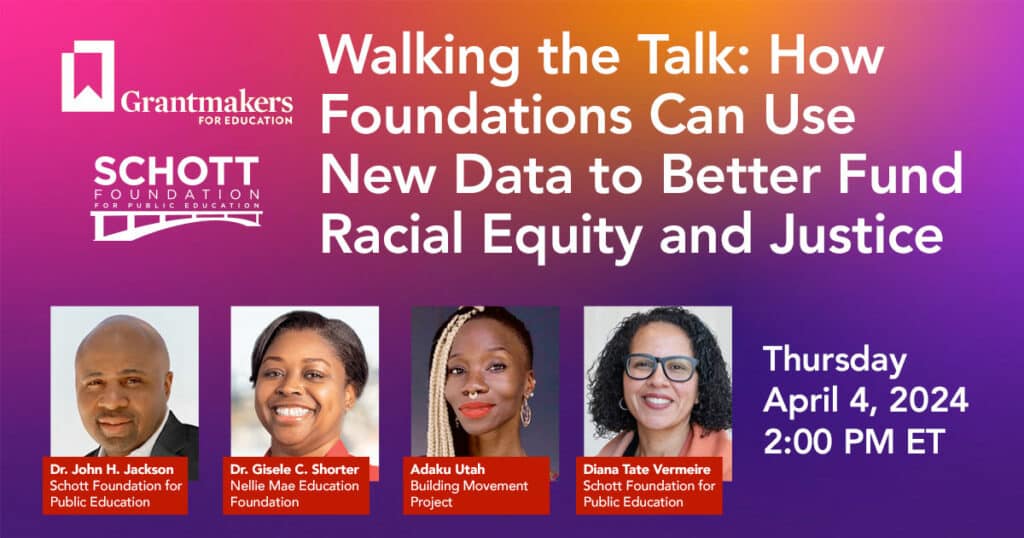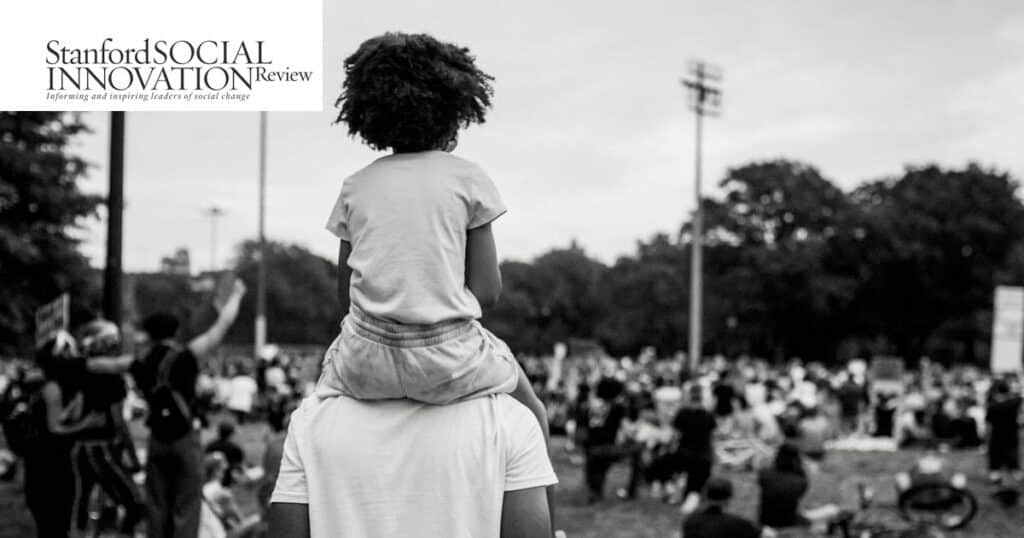Blog
Using Storytelling and Social Media to Change the Education Conversation

A few weeks ago, I was honored to speak on a panel and workshop at the 70th Annual Education Writers Association National Seminar in Washington, DC, on social media and storytelling.
With me were Virginia Tech biologist Anne Hilborn, the Woodrow Wilson Foundation’s Patrick Riccards (better known as EduFlack), and NPR Ed Team reporter Cory Turner. We were moderated by Virginia Tech’s Cathy Grimes and the Learning Policy Institute’s Barbara McKenna.
Public education policy has a reputation for being both contentious and wonky, which is why finding new ways to connect researchers, journalists, policymakers, advocates, and community members is key to moving from debate to action. We were lucky enough to secure a two-session block, so we were able to answer many questions from the more than fifty audience members in attendance and really dive deep into storytelling, social media strategy, and case studies of these ideas operating in the education space.
A lot was covered, so I’ll focus on a few key takeaways discussed:
1. Data is just a starting point.
Whether engaging in advocacy, informing an audience, or raising awareness of a new issue or problem, data alone won’t cut it. Not only has the general public grown (justifiably) more skeptical of purely data-driven claims, but in the days, weeks, and months that follow your audience won’t remember the percentages. They will, however, remember the story you tell and how it made them feel.
.@Eduflack: Stats can be put together to tell *any* story. We’ve become numb to the data. Personal stories are what’s compelling #ewa17
— Stella Fiore (@fiorstella) May 31, 2017
2. There are untapped social media venues for telling your story.
Riccards pointed out the value of publishing stories on LinkedIn’s new publishing platform, which carries the potential for greater viewership and engagement. The more “professional” nature of LinkedIn can work to your advantage too, if your content is geared toward that type of audience.
I am endorsing @Eduflack on @LinkedIn for the skill of endorsing LinkedIn. (I do think he’s right, tho. Edu stories should be there) #EWA17
— Massie Ritsch (@MassieRitsch) May 31, 2017
Hilborn used Twitter threads to tell the stories of her field work in the Serengeti National Park in Tanzania. She studied cheetahs there, and more than just posting incredible photos, she threaded tweets together to tell the stories of the cheetahs and other animals she would track throughout the day. These stories not only provide the internet with more adorable photos of cats, but bring the public into conversation with the usually hidden day-to-day work of graduate field study. Creating compelling stories with otherwise opaque aspects of education can help your audiences better understand — and value — the behind-the-scenes work being done.
.@AnneWHilborn recommends using threading feature on Twitter to use photos + anecdotes to tell a connected story. #EWA17
— Erica Lawton (@EricaLawton) May 31, 2017
3. Data-driven storytelling can be a game-changing combination.
One of the examples of this I showed the audience is the 2015 report Black Girls Matter: Pushed Out, Overpoliced, and Underprotected. Published by the African American Policy Forum and Columbia Law School’s Center for Intersectionality and Social Policy Studies, the report looks at the school-to-prison pipeline impacting Black girls in our public schools. Although the data was powerful on its own — it found that nationally, Black girls were suspended six times more than white girls — the report was enriched by the personal stories of Black girls affected by these inequities. This report is also notable for using stories for more than just emotional impact: the interviews and focus groups researchers conducted drove much of the qualitative analysis and policy recommendations.
Turner pulled back the curtain on the work and planning done behind NPR Ed Team’s interactive feature, “The Truth about America’s Graduation Rate.” More than just reporting on the most obvious data points, NPR reporters from 14 local stations conducted investigations of their own. The result is a moving narrative that weaves in statistics, the policies states are using to increase their high school graduation rate (at times by less-than-honest methods), and portraits of the children and their families trying to make their way through.
Great insights on using social media better from @AnneWHilborn @Eduflack Cory Turner at @NPR & Patrick St. John at @SchottFound #EWA2017
— Stephaan Harris (@StephaanHarris) May 31, 2017
An important part of Schott’s grantmaking strategy is giving our grantees the communications tools and skills they need. The way we talk about public education matters, and the better we are at it the more successful we’ll be in ensuring all children have an opportunity to learn.
Photo at top courtesy Capitol Media USA/Education Writers Association.



